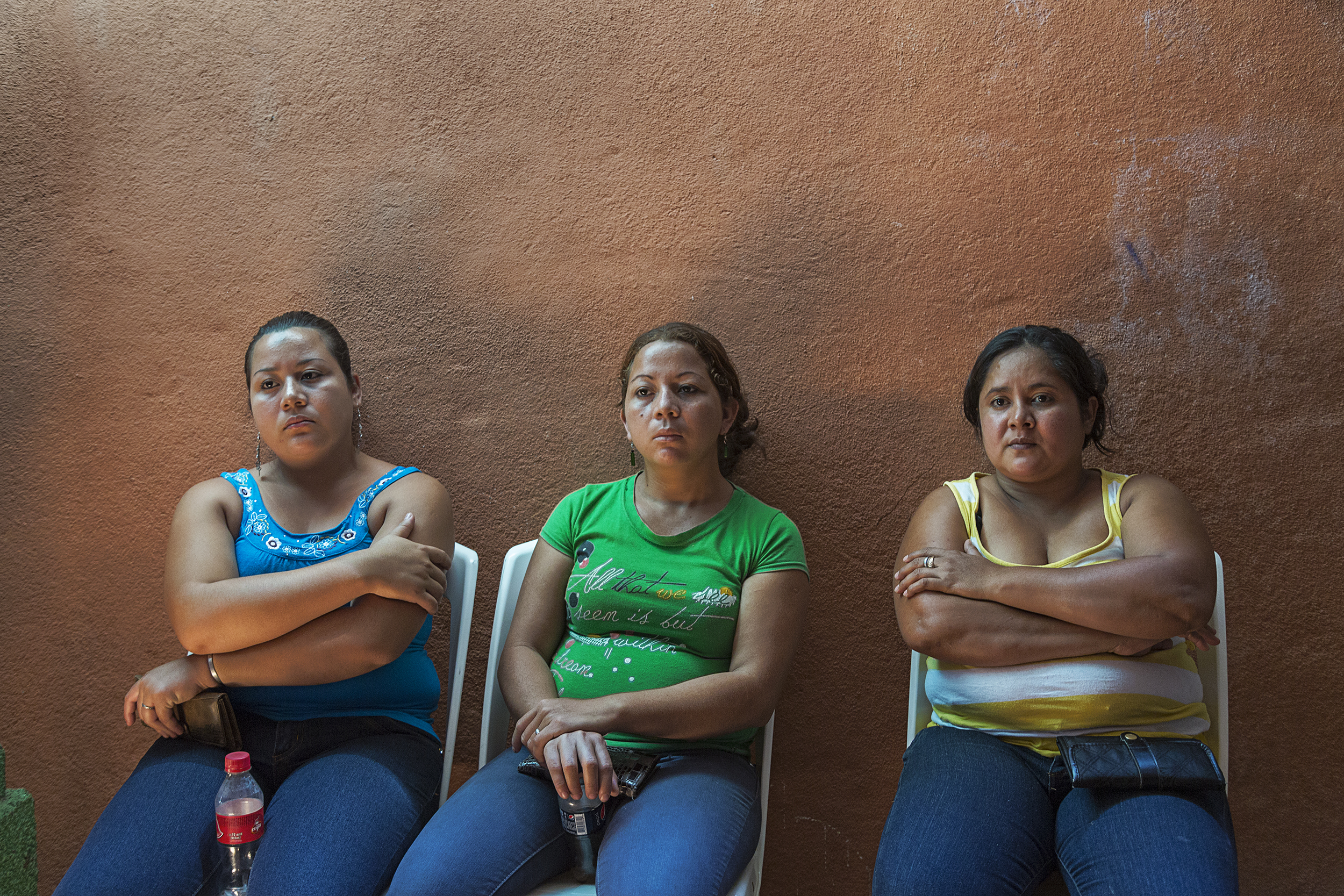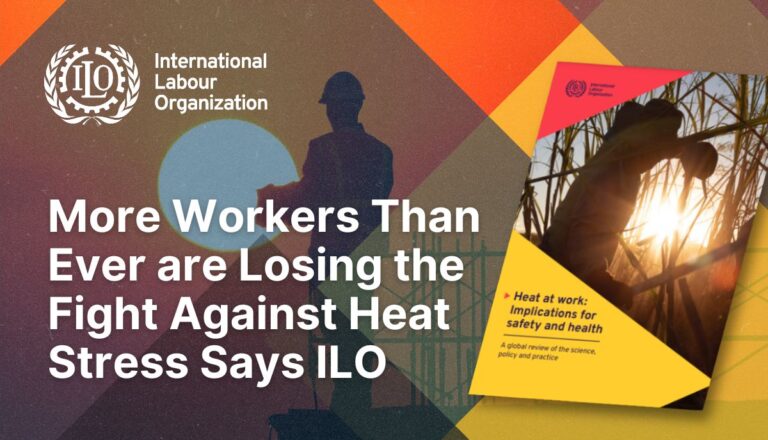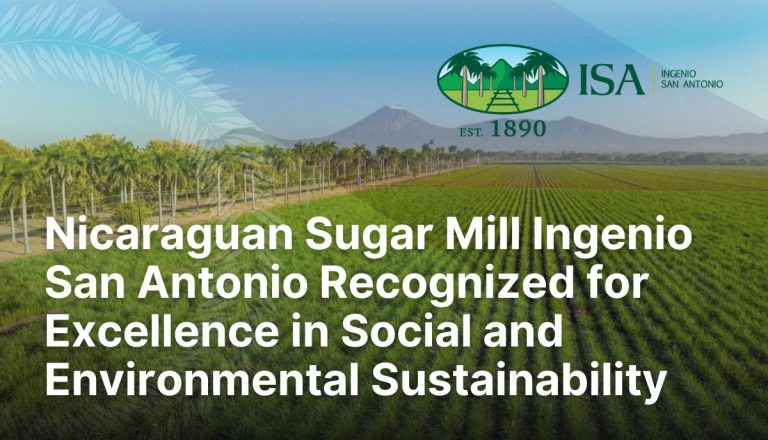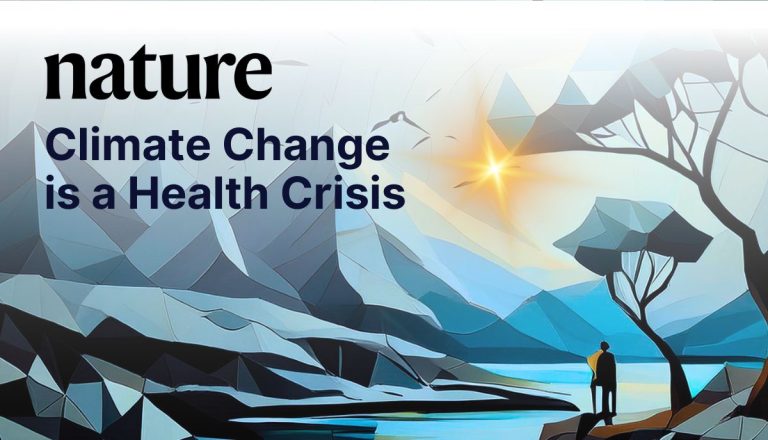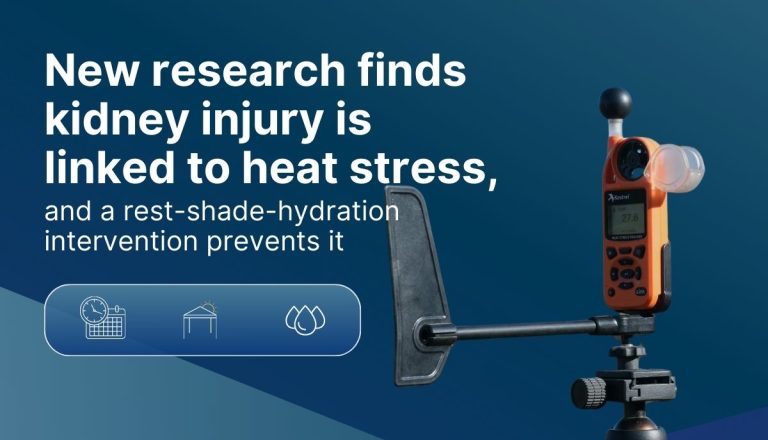I have been working with La Isla Foundation for a year and a half now, and the differences between the lives of people born in the countryside of Nicaragua and the lives of people born in my homeland, the Netherlands, still strike me.
I remember very well, last year during our demographic survey, when I interviewed a woman, Sofia. Sofia was born in the same month as me. We joked about it when I wrote down her birthday on the questionnaire form. After that, there was not much to laugh about. Even though we were both 27 at that time, the differences between our lives were stark. I considered myself to be young at 27; I was finishing up my Masters degree, had a number of job opportunities, was happy to be single, and felt free and full of confidence in my future. Sofia felt that she was old; she did not have access to good education, and had not attended school in 20 years. The only reason she steps into a classroom nowadays is to talk to her children’s teachers–she has three. Her husband was diagnosed with CKDnT a few years ago and is no longer able to work. He receives a small pension, which is not enough to support the family, so Sofia has been forced to take his place in the cane fields. On top of this, she needs to prepare for widowhood.
This encounter is engraved in my memory, and is one of the reasons why I continue to work with La Isla Foundation. It reminds me of why I keep fighting to help to make a change in the lives of those affected by this disease.
Now, as a Project Manager in the Public Health Department, I am focusing on CKDnT treatment. Researching the current state of treatment for those affected felt like opening Pandora’s Box. Those affected by this disease, and their families, often have nowhere to turn. The standard treatment option is hemodialysis, and it is covered by social security. However, the requirements to get coverage for this treatment are impossible to meet for the vast majority of sugarcane cutters, which makes it systematically impossible for a sugarcane cutter to qualify. Paying out of pocket is out of the question for people who make $5 a day: one treatment session costs $80 and three sessions a week are required.
There is one other treatment option: peritoneal dialysis. It is covered by the Ministry of Health and is accessible to everybody, however, here in Nicaragua, the quality of this treatment is very low. Rates of secondary infections and complications have led many patients to believe that this treatment is killing them faster than the disease itself. However, we know that better outcomes are possible. In other low-resource countries similar to Nicaragua, peritoneal dialysis has seen much greater success. This gives me hope that there are ways to improve treatment. To make this happen for the people of Chinandega (and ultimately for all of Nicaragua), we are working together with the local hospital, the local university, the Ministry of Health, and international experts in the field of peritoneal dialysis on an important new project to Evaluate, Improve, and Expand CKDnT treatment.
For all those affected by this disease now, improved treatment can extend their lives, and give them more time with their families. It means that Sofia would not be facing widowhood before she even turns 30. That is why I’ve dedicated myself to this project. I hope you will take a moment to consider supporting our work as well.
– Dorien

OR
Text GIVE 14536 to 80088 to donate $10 to Help thousands get kidney disease treatment. Message and data rates may apply. Only works for US mobile phones.
The name of the woman has been changed to protect her identity.

